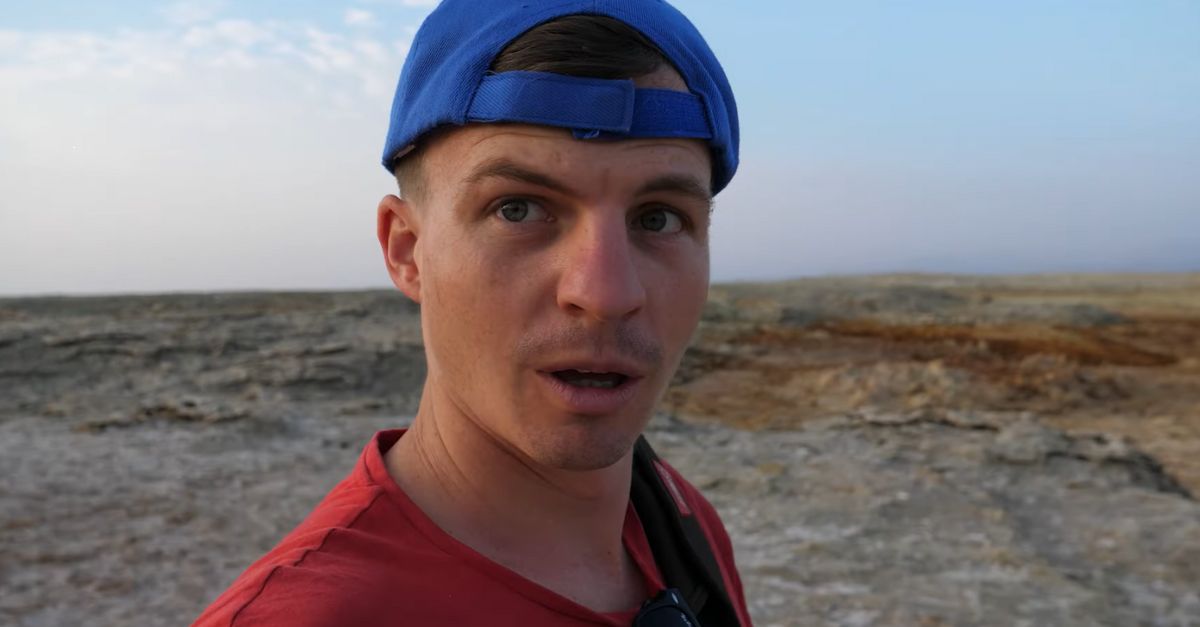The Richest People On Earth
When the Osage people found oil on their lands, it made them the richest people per-capita on Earth. And like all rich people—they took lots of pictures.

They Fought With Iroquois
The Osage originated in the Ohio River Valley, but conflict with the Iroquois eventually forced them west, probably around 1200 AD.
 Pavel Svinyin, Wikimedia Commons
Pavel Svinyin, Wikimedia Commons
They Settled Near The Osage River
After centuries of migration and resettlement, many Osage had settled near the Osage River in Western Missouri.
They Conquered The Region
After starting as newcomers to the region, the Osage drove off the local Caddo tribes and by 1750 their lands covered large swaths of modern-day Missouri, Arkansas, Okahoma, and Kansas.
 George Catlin, Wikimedia Commons
George Catlin, Wikimedia Commons
They Had Fierce Rivals
Though the Osage were fearsome, they still had three fierce rivals nearby: the Kiowa, the Commanche, and the Apache.
They Travelled To Hunt Buffalo
They might have lived in the forests of Missouri and Arkansas, but Osage hunters made regular expeditions to the Great Plains to hunt buffalo.
They Made Contact
Though the Osage were probably pretty wary of Europeans, the foreigners did bring something they wanted: Horses. The drive for more horses led the Osage to begin trading with French people near their lands.
 Pierre Lacroix, Wikimedia Commons
Pierre Lacroix, Wikimedia Commons
They Gave Europeans A Nickname
The Osage called Europeans I'n-Shta-Heh, which means "heavy eyebrows" because of their bushy beards and mustaches.
 Unknown Author, Wikimedia Commons
Unknown Author, Wikimedia Commons
They Sided With The French
When European squabbles encroached on their land, the Osage sided with the French over the Spanish. A delegation of Osage later went to France to see Paris, where they saw Versailles, an opera, and hunted with King Louis XV.
 Maurice Quentin de La Tour, Wikimedia Commons
Maurice Quentin de La Tour, Wikimedia Commons
Business Was Good
Thanks to their connections with French fur traders in St. Louis, the Osage took part in the extremely lucrative Missouri fur trade.
 George Catlin, Wikimedia Commons
George Catlin, Wikimedia Commons
They Met Lewis And Clark
When Lewis and Clark encountered the Osage, they guessed the tribe numbered around 5,500. The meeting took place just a couple years after a devastating smallpox outbreak, however, that claimed upwards of 2,000 Osage.
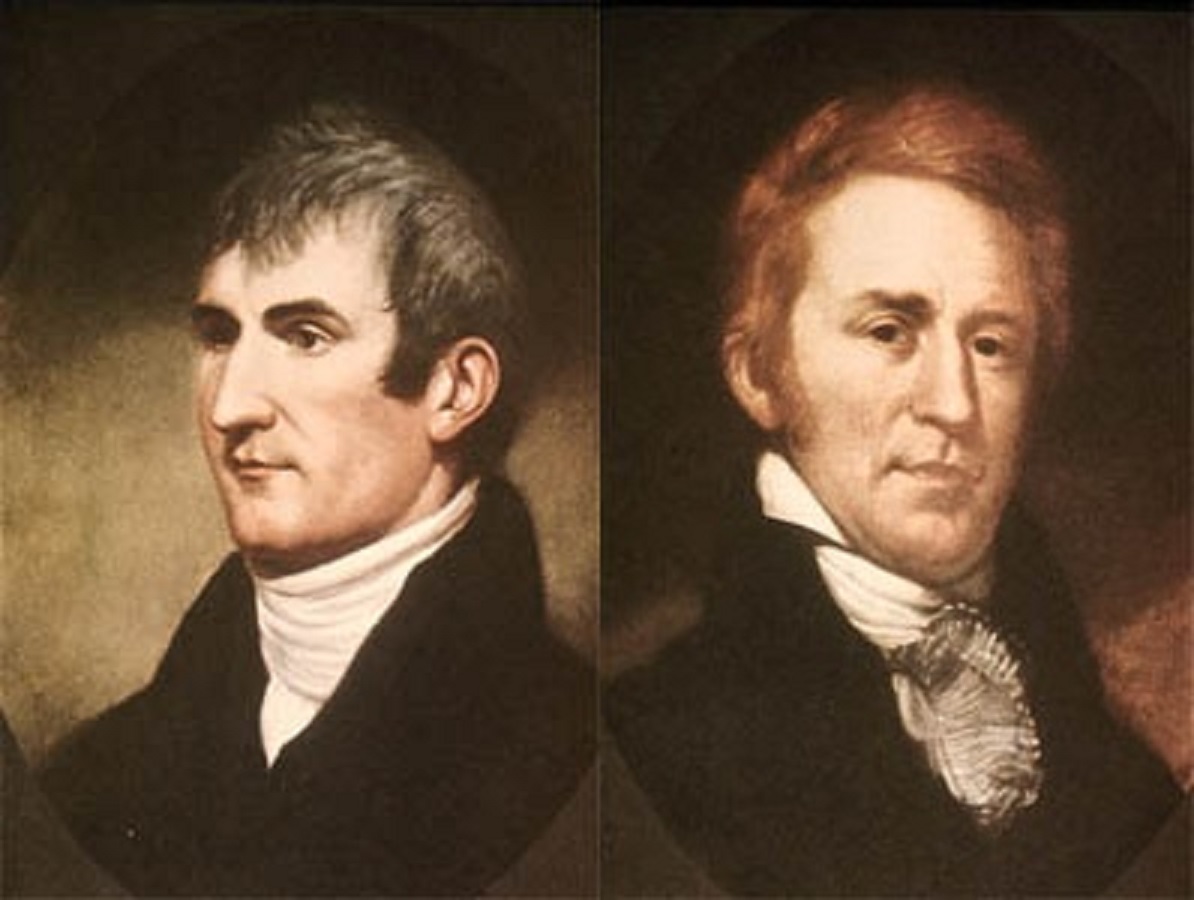 Charles Willson Peale, Wikimedia Commons
Charles Willson Peale, Wikimedia Commons
They Raided Villages
The Osage were at odds with the US government at the start of the 19th century. They frequently raided American village—in response, the Americans gave arms to other tribes in the area and convinced them to attack the Osage with them.
 Michael Overton, CC BY-SA 2.5, Wikimedia Commons
Michael Overton, CC BY-SA 2.5, Wikimedia Commons
They Signed A Deal
The Osage were fierce, but nothing could stop industrial churn of the United States. In 1808, they signed their first treaty with the US Government, ceding 52,480,000 acres to the Americans. It was just the beginning.
They Kept Fighting Other Tribes
The Americans were a thorn in the Osage's side, but they were also in constant conflict with Cherokee, Kiowa, and Commanche—and it could get incredibly brutal.
 George Catlin, Wikimedia Commons
George Catlin, Wikimedia Commons
They Didn't Fight Clean
One particularly grim episode was the Cutthroat Gap massacre, where Osage warriors slew 150 Kiowa women, children, and elderly, cut off their victims heads, and put them in cooking pots.
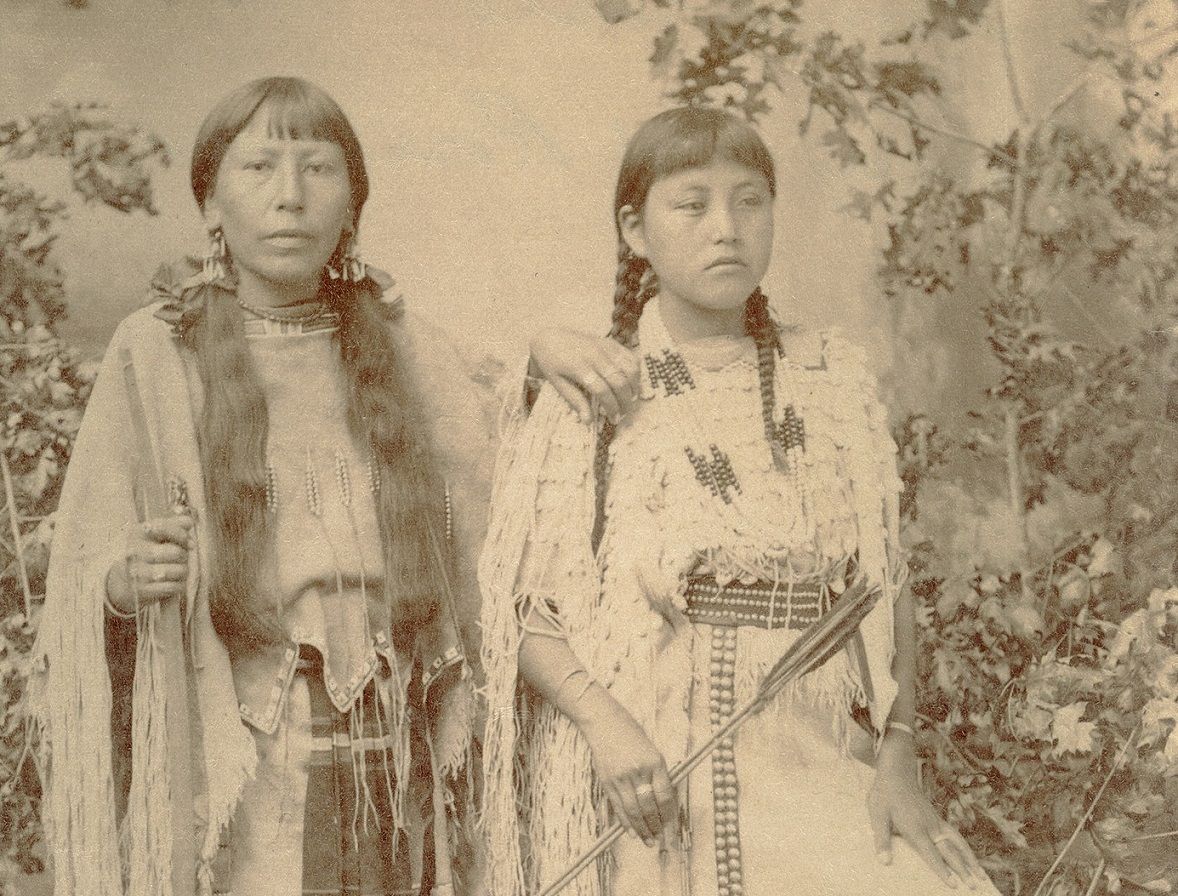 George A. Addison, Wikimedia Commons
George A. Addison, Wikimedia Commons
Their Lands Kept Shrinking
Between 1818 and 1825, the Osage ceded more of their land to the government. They were relocated to the Osage Diminished Reserve, a 50-by-150-mile of land.
They Bought Their Land
The Osage were finally pushed out completely in 1870. They sold their ancestral lands in Kansas to the government of Ulysses S. Grant for a pretty penny. But there was a silver lining.
 Missouri History Museum ,Picryl
Missouri History Museum ,Picryl
They Had Some Money
Because the received money for their original lands, the Osage actually had money to buy their land in Oklahoma, unlike the vast majority of Native American tribes relocated there.
This meant they enjoyed better land rights and sovereignty than many tribes. It didn't help much.
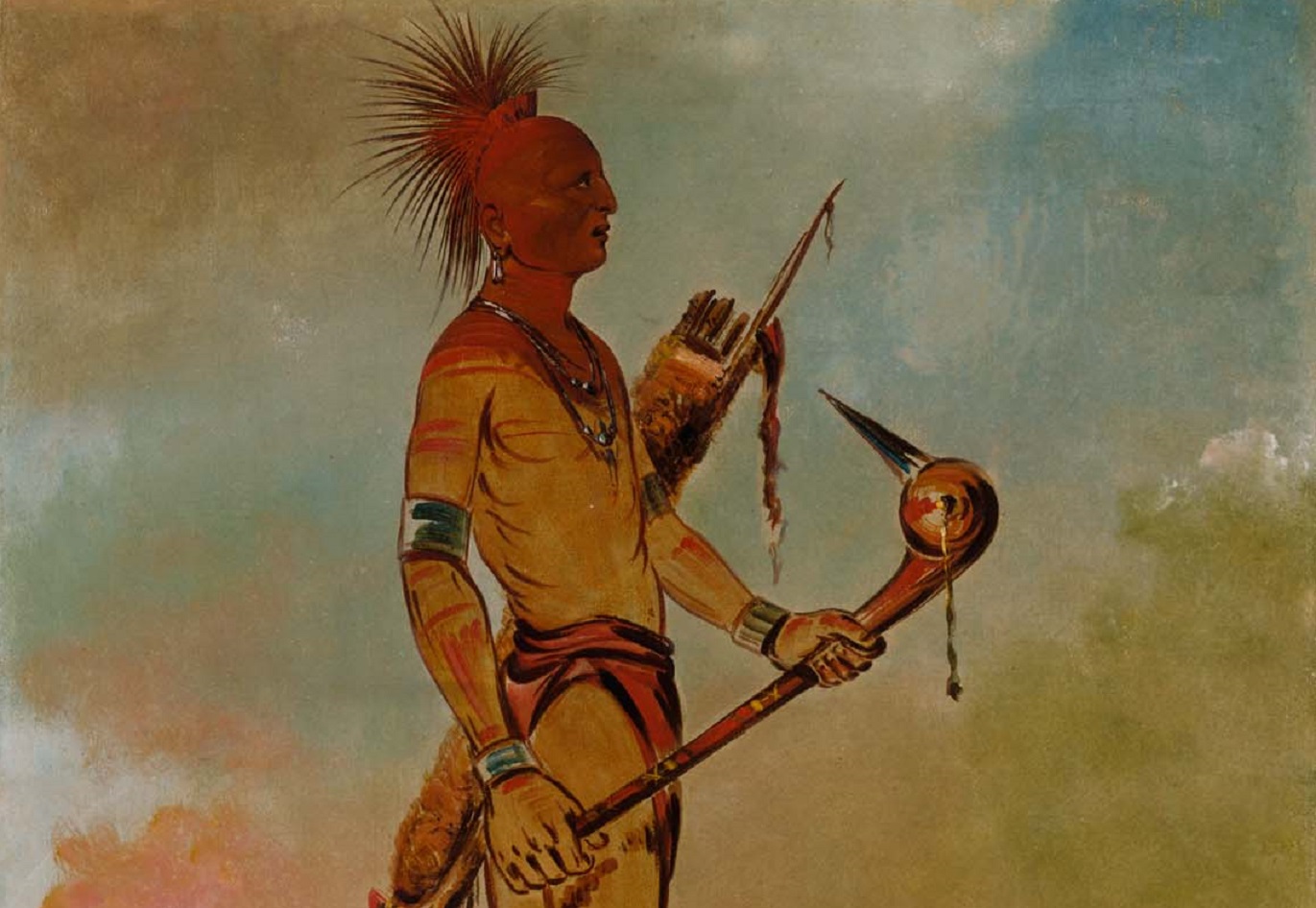 George Catlin, Wikimedia Commons
George Catlin, Wikimedia Commons
They Bought Their New Home
The Osage purchased 1,470,000 acres of land in Oklahoma in 1872—and notably, they kept all mineral rights to the land.
 Unknown Author, Wikimedia Commons
Unknown Author, Wikimedia Commons
The Early Days Were A Nightmare
Between plagues and conflict, the Osage's final years in Kansas were devastating—but their early days in Oklahoma were even worse.
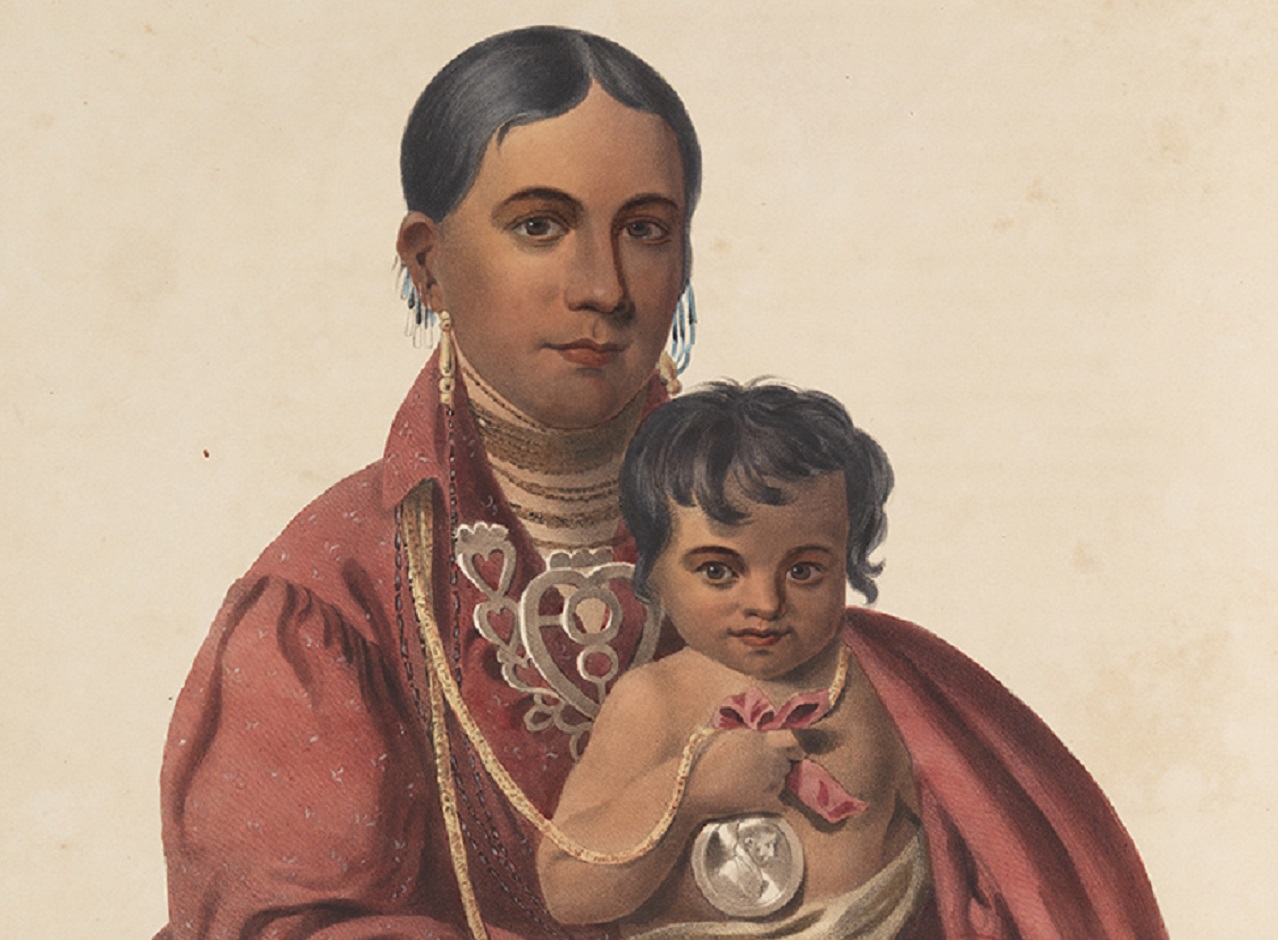 SMU Central University Libraries, Wikimedia Commons
SMU Central University Libraries, Wikimedia Commons
They Were Promised Help
Before the massive relocation of Native American tribes to Oklahoma, the US Government promised to support these new communities while they grew established. That didn't happen.
The Government Abandoned Them
Despite the promises, the Osage and other tribes didn't receive governmental support for years. Food supplies dwindled, and many starved. And what they did receive left a lot to be desired.
They Cut Corners
Corrupt middlemen often tried to stretch their food supplies as much as possible to maximize their profits, meaning that much of the food that did reach the Osage was of incredibly poor quality.
 Unknown Author, Wikimedia Commons
Unknown Author, Wikimedia Commons
They Didn't Sit And Take It
The Osage weren't going to accept this treatment. They sent a delegation to Washington DC to demand both the cash they had been promised to and better quality rations.
They Got The Money
The government even paid, too, making the Osage the first Native American tribe to receive their full cash annuities.
They Struck Oil
Remember the mineral rights to the Osage land? In 1894, massive oil deposits were found on Osage land. The Osage had the rights to lease those lands—and those leases paid out BIG.
 Paleontological Research Institution, Wikimedia Commons
Paleontological Research Institution, Wikimedia Commons
They Were The Richest People On Earth
The royalties from oil produced on Osage land were shared only among a few thousand tribe members. In 1923 alone, those royalties brought in $30 million. That's half a billion dollars today.
 Internet Archive Book Images, Wikimedia Commons
Internet Archive Book Images, Wikimedia Commons
They Knew How To Dress
After centuries of violence and hardship, it seemed like the Osage finally had made it to easy street. But the oil had unbreakable strings attached to it.
They Weren't Allowed To Spend Their Money
The US Government passed a law that said all Osage needed to be appointed a "guardian" to manage their wealth until they can prove "competency".
They Were Horribly Exploited
The Osage's "guardians" were frequently horribly corrupt and exploited their charges horribly—but that was nothing.
 George Catlin, Wikimedia Commons
George Catlin, Wikimedia Commons
They Started Being Murdered
As the years went by, more and more Osage people were turning up dead, with little to no investigation, the headrights to their oil going with them. By the 1920s, the Osage considered the murders a "Reign of Terror".
 William Henry Blackmore, Wikimedia Commons
William Henry Blackmore, Wikimedia Commons
Authorities Did Nothing
Very few of these cases were ever investigated or solved, and the coroner's office frequently colluded with the murderers, writing off the Osage deaths as suicides.
The Truth Was Far Worse Than It Appeared
In fact, the Reign of Terror was carried out by white settlers who ingratiated themselves into Osage communities, married into their families, and killed them for their headrights.
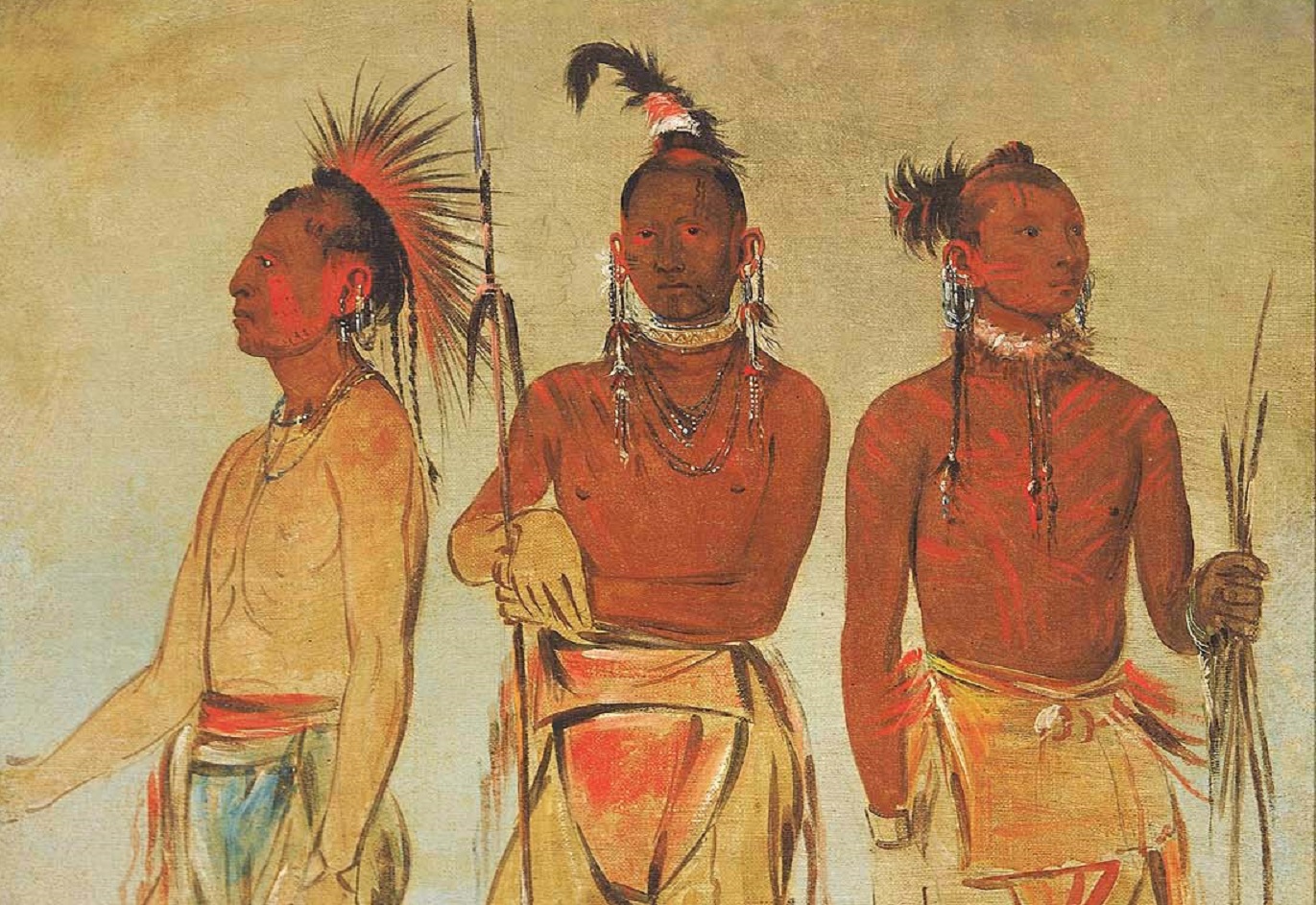 George Catlin, Wikimedia Commons
George Catlin, Wikimedia Commons
They Had One Advantage
Though countless Indigenous people have been victimized in America with little recourse, the Osage had one thing that set them apart: boatloads of money. Surely someone could help them solve the murders.
 Vince Dillon, Wikimedia Commons
Vince Dillon, Wikimedia Commons
They Went Back To Washington
The Osage sent another delegation to Washington, DC to ask the government for help stopping the Reign of Terror.
The FBI Got Involved
The Osage investigation actually became the FBI's first-ever murder case—and they did actually manage to get to the bottom of it.
It's not like the perpetrators were trying that hard to cover their tracks.
 Federal Bureau of Investigation. Picryl
Federal Bureau of Investigation. Picryl
The Put A Stop To The Reign
The FBI uncovered the plotting of William Hale and his nephews Byron and Ernest to marry into the Osage Kyle family, murder their wives, and inherit their rights.
 Unknown Author, Wikimedia Commons
Unknown Author, Wikimedia Commons
They Saved One Woman
The Osage woman Mollie Kyle was being actively poisoned by her own husband, Hale's nephew Ernest, when the FBI investigation started.
Thankfully, they arrived in time to save Kyle's life.
 Skisquash, CC BY-SA 4.0, Wikimedia Commons
Skisquash, CC BY-SA 4.0, Wikimedia Commons
They Didn't Get Much Closure
Between 1921 and 1925, it's estimated that 60 Osage were murdered, and the vast majority of these were never solved.
 Internet Archive Book Images, Wikimedia Commons
Internet Archive Book Images, Wikimedia Commons
They're Still There
Though the Osage are no longer the richest people on earth, their lands still produce oil to this day, and the headrights still pay out quarterly royalties—though it's estimated that 25% of Osage headrights today belong to non-Indigenous people.
 National Photo Company Collection, Wikimedia Commons
National Photo Company Collection, Wikimedia Commons
They Got Some Small Payback
In 1999, the Osage sued the United States government over mismanaging their trust funds and mineral estates. It took over a decade, but in 2011, the government agreed to a payout of $380 million in damages for the approximately 16,000 members of the tribe.
 JERRYE & ROY KLOTZ MD, CC BY-SA 3.0, Wikimedia Commons
JERRYE & ROY KLOTZ MD, CC BY-SA 3.0, Wikimedia Commons



















